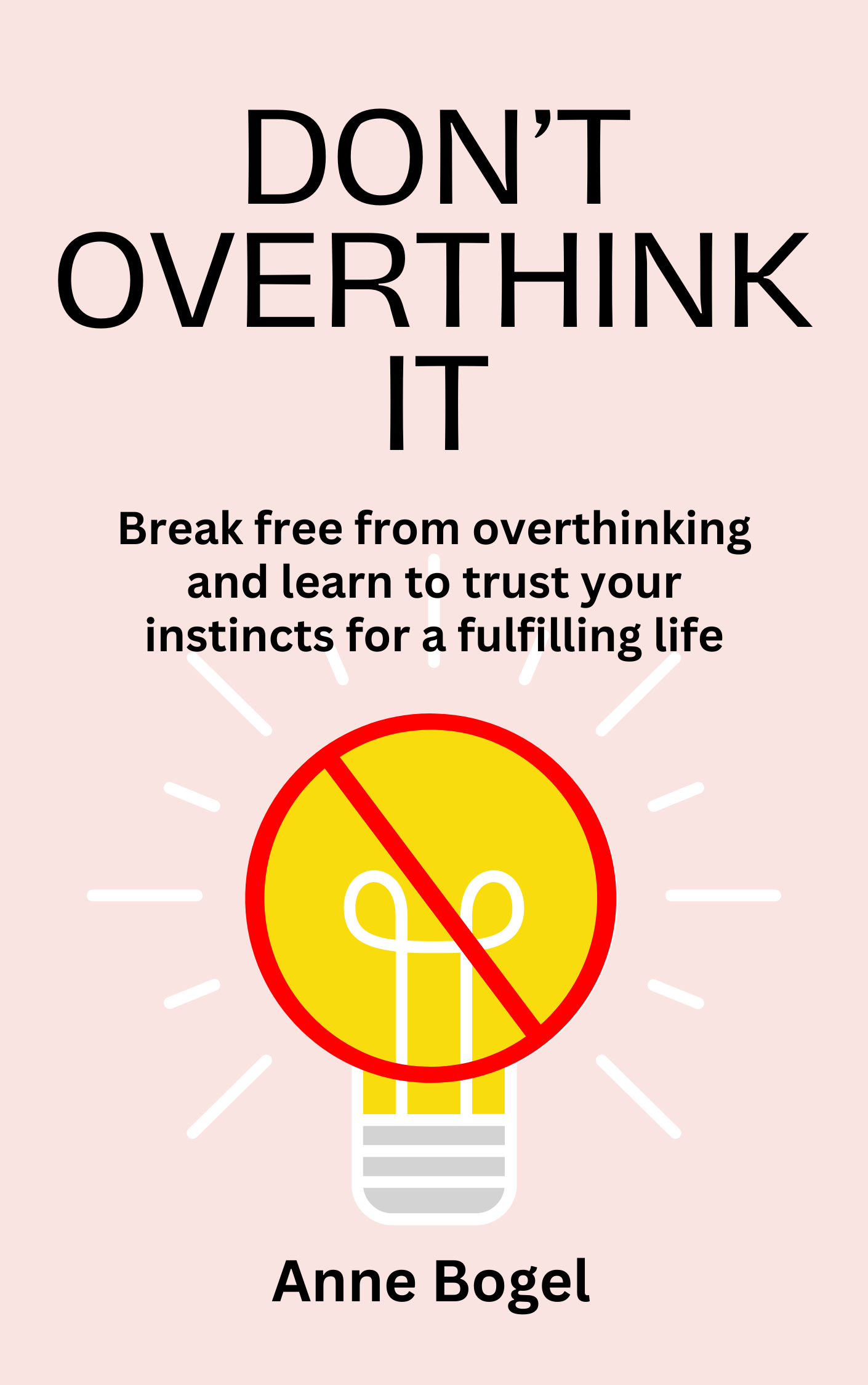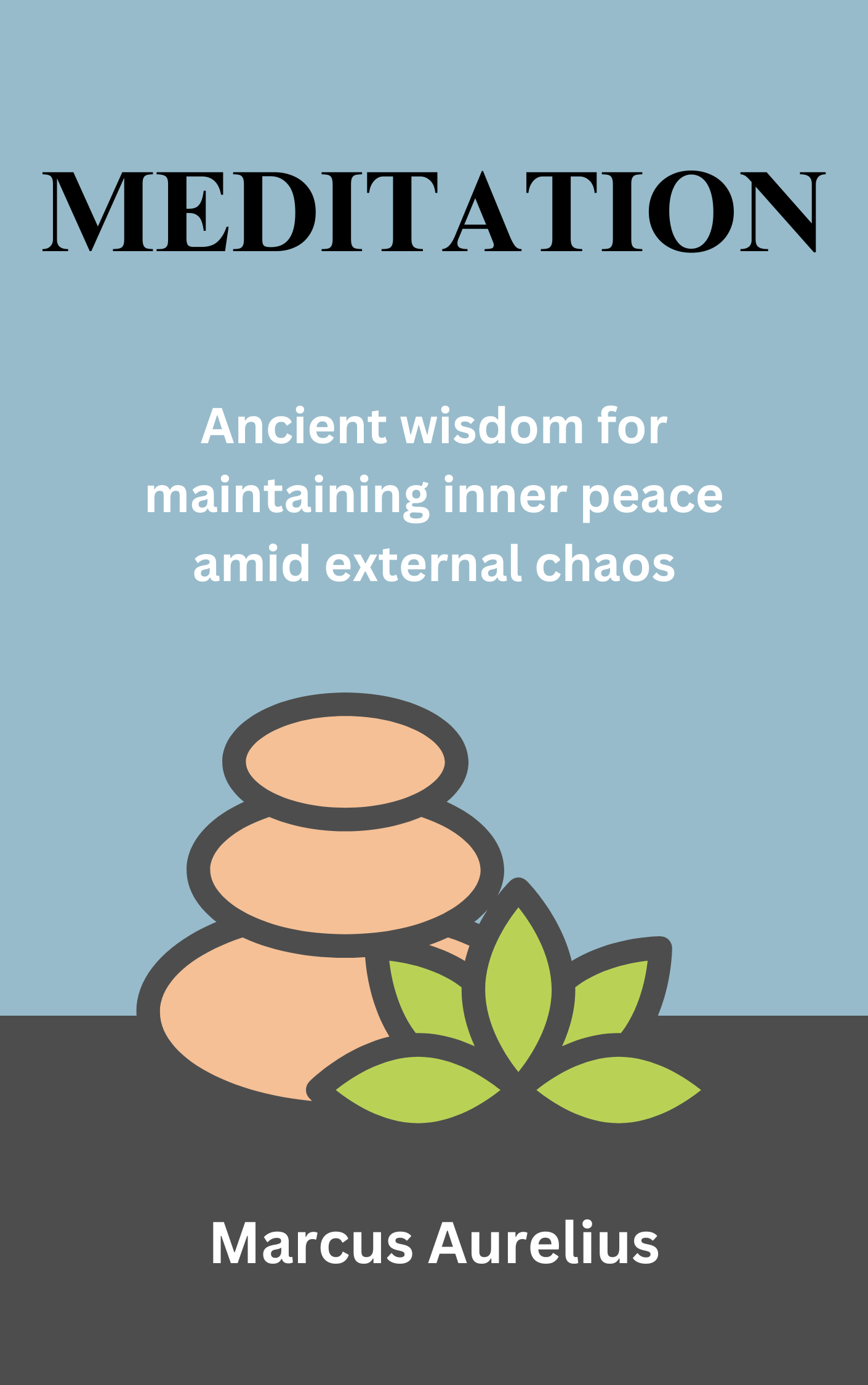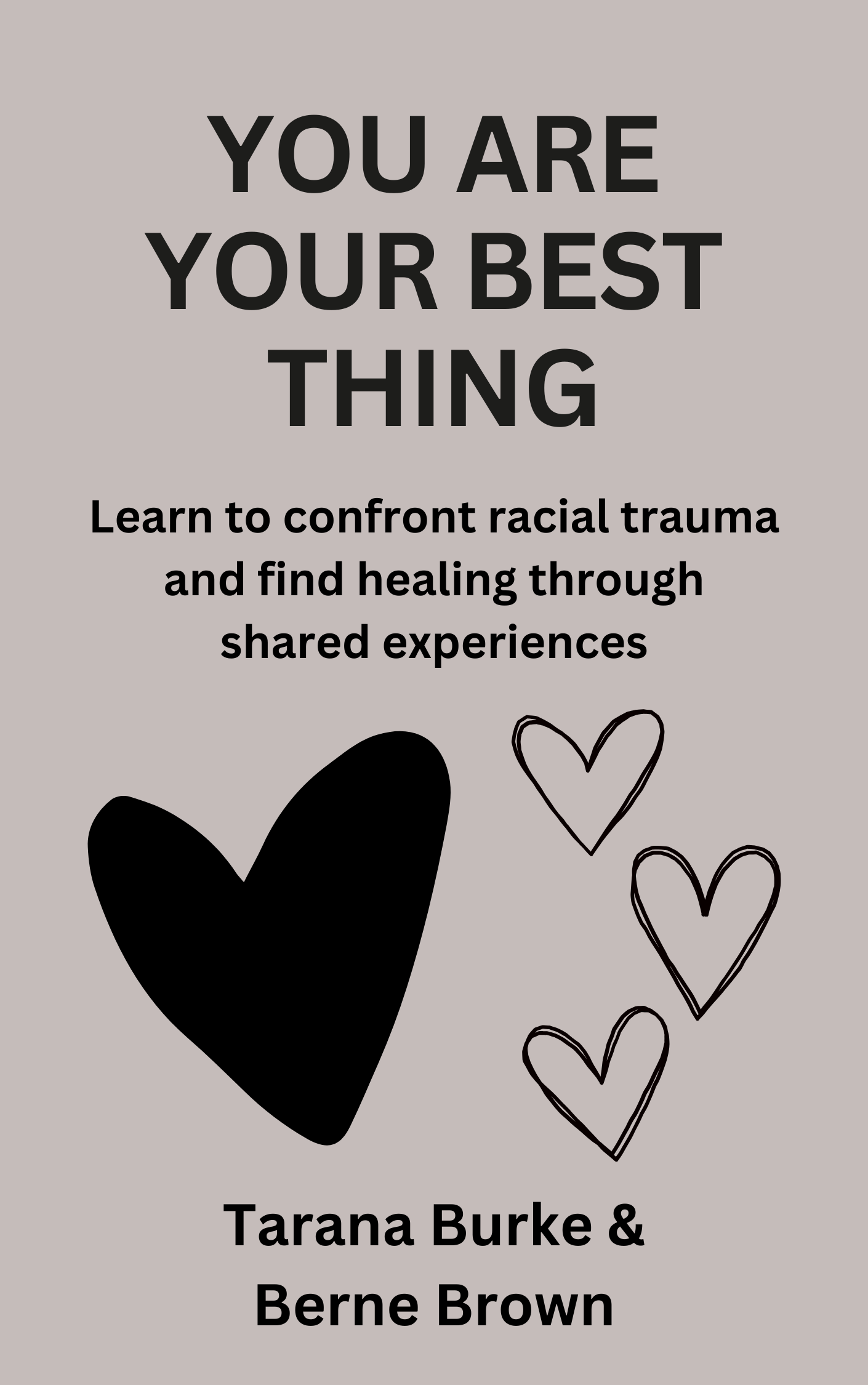Introduction
Who are "you"? Not just in this moment, but across the entirety of your life? Julian Baggini's "The Ego Trick" it's an intimate exploration of exactly that thing. How do we remain "ourselves" but also change?
Baggini isn't interested in abstract pseudo-philosophy. He's tracking something visceral and real: how we experience ourselves through time. When we look back at our teenage writings or childhood memories, we often feel a strange disconnect. We recognize the actions as our own, yet can't fully inhabit the mindset that produced them. Such elements of identity have profound real-world implications. And thus, the book promises a wide-ranging investigation. Baggini speaks with Buddhist lamas about reincarnation, meets people who've undergone gender transitions, and interviews families navigating the complex emotional terrain of neurological disorders.
The central argument is deceptively simple: We're not static beings. We grow, we transform, we shed old perspectives and adopt new ones. Yet something ineffable remains constant—a core "me-ness" that persists through these transformations. By the end of "The Ego Trick", you'll have a more nuanced, compassionate view of human experience. This isn't just a book. It's an invitation to look at yourself—and humanity—with renewed wonder and complexity.
Shall we begin?
Self Is Not a Pearl
When we think about who we are, we might imagine a solid, unchanging core – something like a precious pearl nestled deep within our being. We believe this "pearl" represents our true, permanent self. But... Suzanne Segal’s experience challenges everything we think we know about personal identity.
In 1982, while waiting for a bus in Paris, Segal underwent a profound transformation. Suddenly, her sense of personal self vanished. She didn't feel afraid or distressed; instead, she experienced a curious state where her usual reference point of "I" simply disappeared. Functions continued – she could speak, walk, interact – but something had shifted. For years, Segal sought to understand this experience. Initially, she consulted therapists, hoping to "cure" her condition. Eventually, she reframed her experience through a spiritual lens, interpreting her loss of self as a profound insight similar to Buddhist concepts of non-self. She became a spiritual teacher, speaking about "the Vastness" and how she was simultaneously "no one and everyone."
But here's where her story takes a twist worthy of a psychological thriller. In 1997, Segal was diagnosed with a massive brain tumor. This medical revelation cast her entire spiritual journey in a different light. Was her transcendent experience merely a neurological glitch?
This case exemplifies a crucial question neuroscientists and philosophers have long grappled with: What exactly is the self? Is it a fixed entity or a dynamic process? Modern neuroscience suggests the latter. Our sense of self isn't a singular, unified thing. Take Phineas Gage, a railroad worker who survived a horrific accident where an iron rod pierced his skull. Before the accident, Gage was known as hardworking and pleasant. Afterward, his personality transformed dramatically – he became obstinate and impatient. Was he still the same person?
These stories are destabilizing, but they have a point: We continuously construct and reconstruct our identity through memory and narrative. You're not a static pearl, but a dynamic, ever-evolving symphony of experiences, memories, and neurological interactions. Nothing more? Let’s see that next.
The Mystery of Consciousness
Our journey into understanding human identity continues, peeling back layers of complexity like an intricate psychological onion. If our previous exploration revealed the brain as a dynamic symphony of experiences, now we delve deeper into the most persistent philosophical question: Are we more than our physical machinery?
Enter the soul - that ethereal concept humans have clutched onto for millennia. Our precious, immaterial essence floating independent of our bodily existence, a magical kernel of "you-ness" that transcends flesh and blood. The Persian philosopher Avicenna proposed a fascinating thought experiment centuries ago. Picture yourself suspended in a sensationless void, completely disconnected from physical perception. Would you still sense your own existence? Most people instinctively say yes and Avicenna argued that we possess a non-physical component. If you can imagine yourself existing without bodily sensations, doesn't that suggest something beyond mere physicality? It's a seductive argument - but others disagreed with that line of reasoning. They say consciousness is a property arising from incredibly complex neural interactions.
The search for a definitive "self" continues...
The Shifting Self
So, we're not a single, consistent "me." That means we're a weird vessel of random "minds"? Not quite! But before we get to that, here's another destabilizing story.
Robert B. Oxnam was a respected academic who discovered he wasn't just one person, but a collection of personalities living within the same body. His story is a medical curiosity AND a window into human identity. Oxnam's experience with Dissociative Identity Disorder (DID) reveals that our minds might work more like sophisticated computer systems than the simple, unified machines we imagine. Just as a computer can have multiple user profiles with different access levels, our brain can seemingly host different "versions" of ourselves.
Either that, or we simply adjust which aspects of our personality are most prominent at different times.
This adaptability is what makes all the difference. We're NOT multiple discrete personalities, nor are we completely uniform. We're capable of infinite reinvention. We're not blank slates continuously rewritten, nor are we immutable stone statues. We're somewhere wonderfully in-between - robust enough to maintain a sense of continuity, flexible enough to grow and adapt.
Psychological research supports this. State-dependent memory shows we don't access the same memories or skills in different emotional states. You might be calm and analytical at work, then transform into a playful friend during a weekend gathering. Are you multiple people? No. You're a expressing different dimensions of yourself.
So who are we, really? We're not a pearl but neither are we a chaotic collection of disconnected fragments. We're more like a living, breathing ecosystem. We are, quite simply, wonderfully human.
Moving on!
How We Become "Self"
We rarely pause to consider how we become who we are. In one sense, our "self" is like water, constantly shifting, shaped by the containers of social interaction and cultural context. Dru Marland, a transgender woman, discovered that identity isn't just an internal feeling, but a complex negotiation with the world around her. When Marland transitioned, she realized how profoundly social perception impacts self-perception. "If you are perceived as being male, then people will treat you as a male," she explained - and that treatment in turn alters how one experiences themselves.
So, we aren't just isolated islands of consciousness, but interconnected beings constantly being defined and redefined through our relationships and roles. We aren't performing our roles, we ARE these roles, simultaneously and authentically.
Again, language is a profound indicator of this social construction. In Japanese, for instance, the words you choose reveal not just what you're saying, but your entire social context. In English, we say "you" to everyone, whether it's your best friend, your boss, or an elderly stranger. But in Japanese, this would be considered socially crude. Philosopher Rom Harré provides an even more striking example through his Inuit language. In the Inuit language, instead of multiple pronouns like "I", "you", "she/he", they use just two suffixes:
"-ik" refers to the speaker
"-tok" refers to anyone else
This makes the individual boundaries less rigid. Your identity is more defined by your community connection than by your individual separateness. This suggests a worldview where your self is defined by your relationships and community role.
But still, humans universally maintain a core psychological continuity. We might adjust our behavior across different social contexts, but we remain recognizably ourselves. For instance, cognitive researcher Richard Nisbett demonstrated that East Asian and Western minds genuinely perceive reality differently.
All clear? Let's understand the Ego Trick then!
The Ego Trick!
Are you the collection of memories stored in your brain? The physical body that moves through space? The consciousness that seems to float somewhere between thoughts and sensations? Baggini says your sense of self is an "Ego Trick" - a remarkable cognitive performance, a sophisticated trick orchestrated by your brain. Just as a skilled magician creates an illusion that seems completely real, our brain constructs a unified sense of identity from a chaotic, fragmented collection of experiences, memories, and neural processes. There's no central control room, no single command center directing this performance - just an incredibly complex system generating the experience of a coherent "I".
Difficult to take in? Well, look at it like this: The child you were, the teenager, the adult - these aren't identical entities, but continuous transformations, right? Your memories shift, your body changes, your personality evolves. Yet somehow, you maintain a sense of being the same person. THIS is the brain's most impressive sleight of hand.
Consciousness, Baggini says, emerges from physical complexity. Your thoughts, emotions, and sense of self are products of intricate brain activity. That's all! When your brain changes - through learning, trauma, aging - your sense of self subtly transforms. A person with dementia isn't the same individual they were before, yet there's a thread of continuity that makes us recognize them.
Neuroscientists like Antonio Damasio have shown how emotions, bodily sensations, and rational thought are deeply interconnected. Your sense of self isn't purely intellectual; it's a rich tapestry woven from physical experiences, unconscious processes, and conscious reflections. Your brain creates an illusion of stability within the constant flux of human life.
This frees us from rigid concepts of identity. We're not trapped by who we were yesterday or constrained by who we think we should be. Instead, we're wonderfully complex beings, capable of profound transformation while maintaining a sense of coherence.
But does that mean “you” are just an illusion of the mind?
Is Self an Illusion?
Baggini refers to the Buddhist philosophical concept of anattā. Anattā is often translated as "not-self" or "no-self." But it's far more nuanced than simply saying "self doesn't exist." Stephen Batchelor, a scholar deeply versed in Buddhist philosophy, provides the origins of the concept.
In fourth-century BCE India, the prevailing brahmanic tradition believed in ātman - an immutable, transcendent inner essence connected to ultimate divine reality. A depersonalized spiritual spark believed to be ultimately indistinguishable from the divine. Then came Buddha! The Buddha's revolutionary move was to reject this entire framework. He didn't deny self entirely, as many mistakenly believe, but challenged the notion of a fixed, permanent essence. Instead, he proposed something far more dynamic: self as a continuous process of becoming.
Buddha compares human identity to craftwork. Just as well-makers guide water, carpenters shape wood, and etchers bend arrows, we fashion ourselves through our actions. Our identity isn't a pre-existing pearl of essence, but a project continuously under construction. A "performative conception of self" if you wish.
Neuroscientist Susan Blackmore offers a complementary perspective. Blackmore suggests the self is an "illusion. She's using "illusion" in a precise, technical sense: something that is not exactly what it appears to be, or is somehow misleading. Self is not about complete non-existence, but about a mismatch between perception and underlying reality. We feel like a unified, continuous entity and perceive ourselves as a consistent "I" across time. But neurologically and philosophically, this perception is more complex. Our sense of self emerges from multiple, constantly shifting mental processes. So, The illusion is not that we don't exist, but that we exist differently from our intuitive understanding of our "self". Our sense of self is constructed moment by moment!
Let’s wrap this up with some final lessons on what Baggini calls Our Future Selves.
Technology Might Remake Human Identity
We've long told stories about humans transforming - in myths, novels, and science fiction. But pause a moment and consider: those radical personal transformations could become a real possibility!
What have we understood so far? That we're not fixed structures, but constantly changing networks of connections. Neuroscientist Susan Greenfield suggests we're not one stable "self," but a dynamic system capable of multiple modes of experience. Greenfield describes three fascinating ways we already experience ourselves. First, the "Someone" mode - our typical state of feeling uniquely individual. Second, the "Anyone" mode, where we merge into collective experiences, like being part of a team. And third, the "Nobody" mode - those moments when we lose self-consciousness, like getting lost in dancing or experiencing an ecstatic state.
But now, technology is pushing these boundaries further. Take aging, traditionally seen as an inevitable decline. Aubrey de Grey, a maverick biogerontologist, argues we might dramatically extend human lifespans. Imagine living not just decades, but centuries - with your body and mind remaining healthy. Scientists have already increased life expectancy remarkably. In 1901, UK life expectancy was around 45-49 years. Now, many babies born since 2000 might celebrate their 100th birthdays. De Grey believes the first person who'll live to 1,000 might already be alive.
And lifespan extension is just the beginning. Transhumanist thinkers like Nick Bostrom explore even more radical possibilities. Could we upload our consciousness into computers? Modify our fundamental desires through targeted drugs? Create versions of ourselves that are radically different yet somehow connected to our current selves?
The core question, therefore, shifts from "Who are we?" to "Who do we want to become?" We're moving from passive description to active design of human identity.
This isn't science fiction. It's the emerging reality of human potential - messy, complex, and thrillingly uncertain!!
Now, for the last lesson.
The Dissolving Self
This concluding lesson represents the culmination of our journey - a final reflection on how the "bundle theory of self", understanding ourselves as dynamic, interconnected processes, can profoundly reshape our future experience of living.
Derek Parfit, a brilliant philosopher, once described his life as a "glass tunnel" - moving faster each year, heading toward an inevitable darkness. But then he discovered something remarkable: when you change how you view yourself, those constraining glass walls can simply... disappear.
This is a practical lens for understanding human complexity. The concept of free will becomes dramatically reframed through this lens.
Most people believe they have complete, independent control over their choices. The idea is that when you decide something - like ordering coffee - you COULD have chosen differently at that exact moment.
But the bundle theory holds a Deterministic Perspective, saying that if we're just complex biological systems following physical laws, our choices aren't truly "free" but predetermined by things like genetic inheritance, past experiences, current environmental conditions, and neurological processes. So what does choice really mean when every decision emerges from a complex interplay of these things?
This doesn't diminish human agency. Rather, it offers a more nuanced understanding of decision-making. We're still actively participating in our choices, but those choices arise through an intricate dance of internal and external factors.
The implications extend far beyond individual choice. Our very boundaries of identity become wonderfully fluid. Philosophers like David Chalmers suggest our cognitive systems might extend beyond our physical bodies. Your smartphone, for instance, could be considered an extension of your memory - functionally similar to how your brain stores and retrieves information.
Now get ready for a blast!
This understanding transforms our relationship with mortality. Death is no longer a hard stop, but a transformation. The psychological connections that compose "you" don't vanish completely but redistribute and reshape. Stephen Batchelor, a bundle theory philosopher, sees death not as something tragic, but as an opportunity to embrace life's inherent impermanence.
"To live fully," Batchelor argues, "is to embrace the fact that you are moving inexorably towards your end. To take every moment as something precious precisely because it will not last."

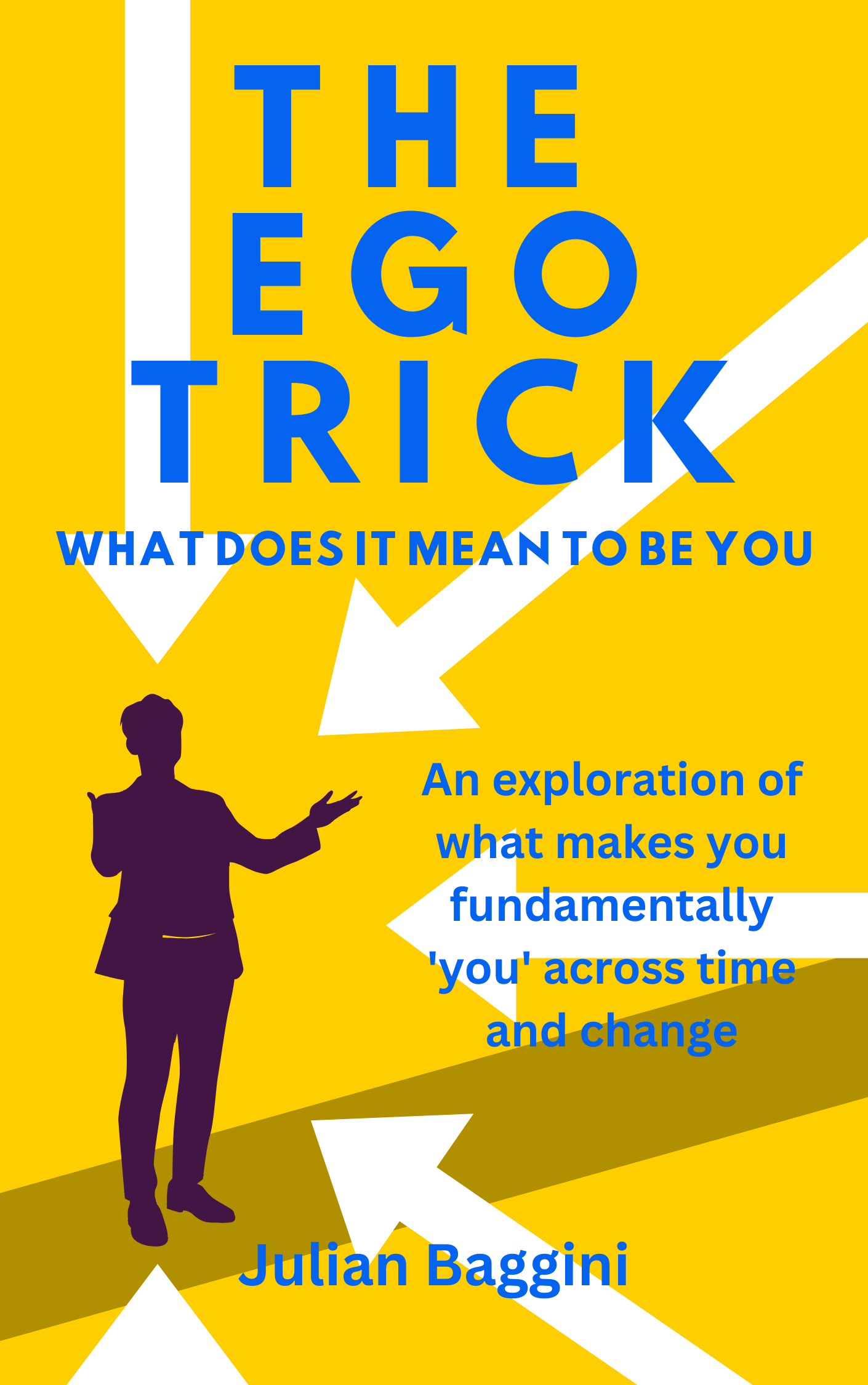




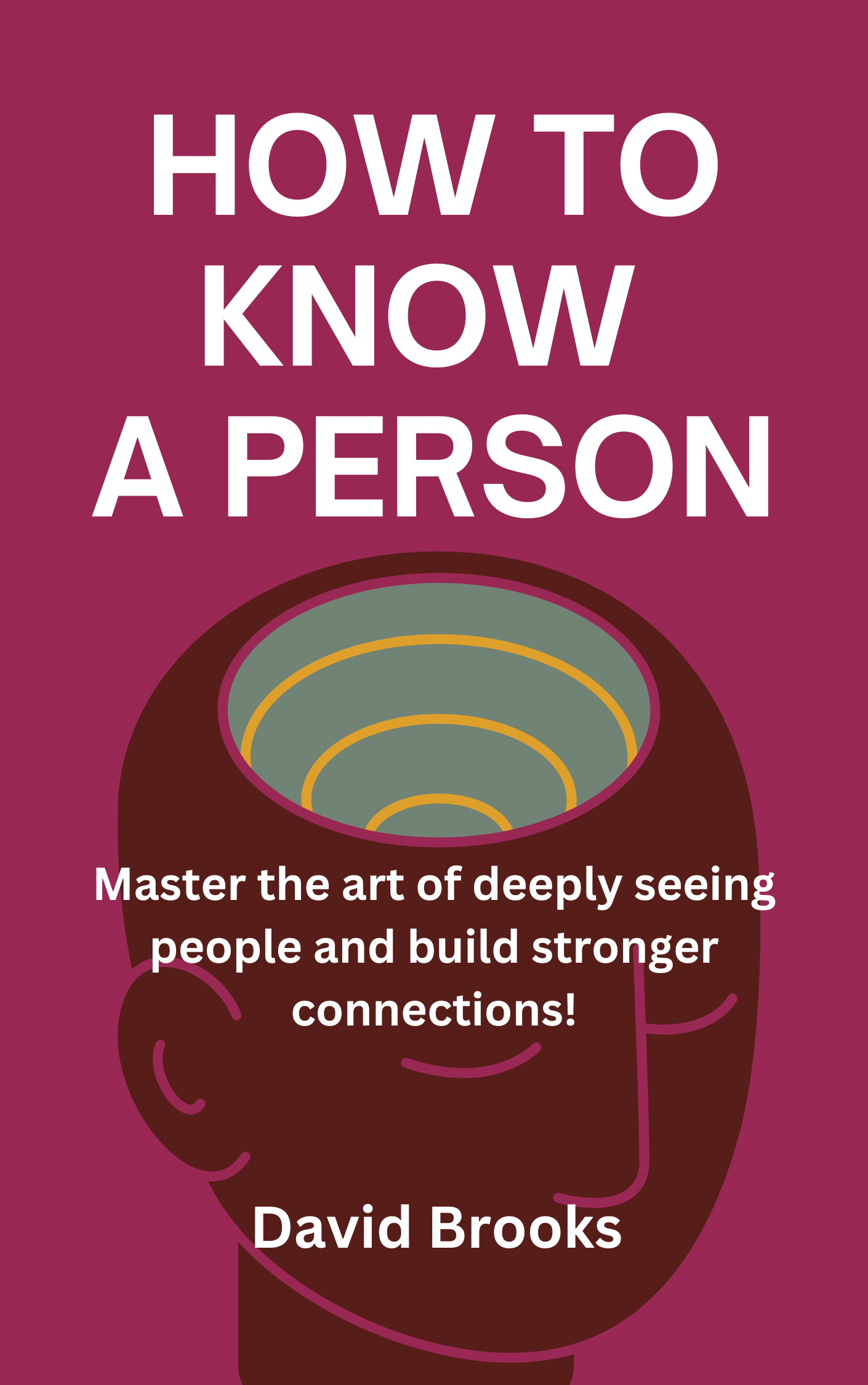
.png)
